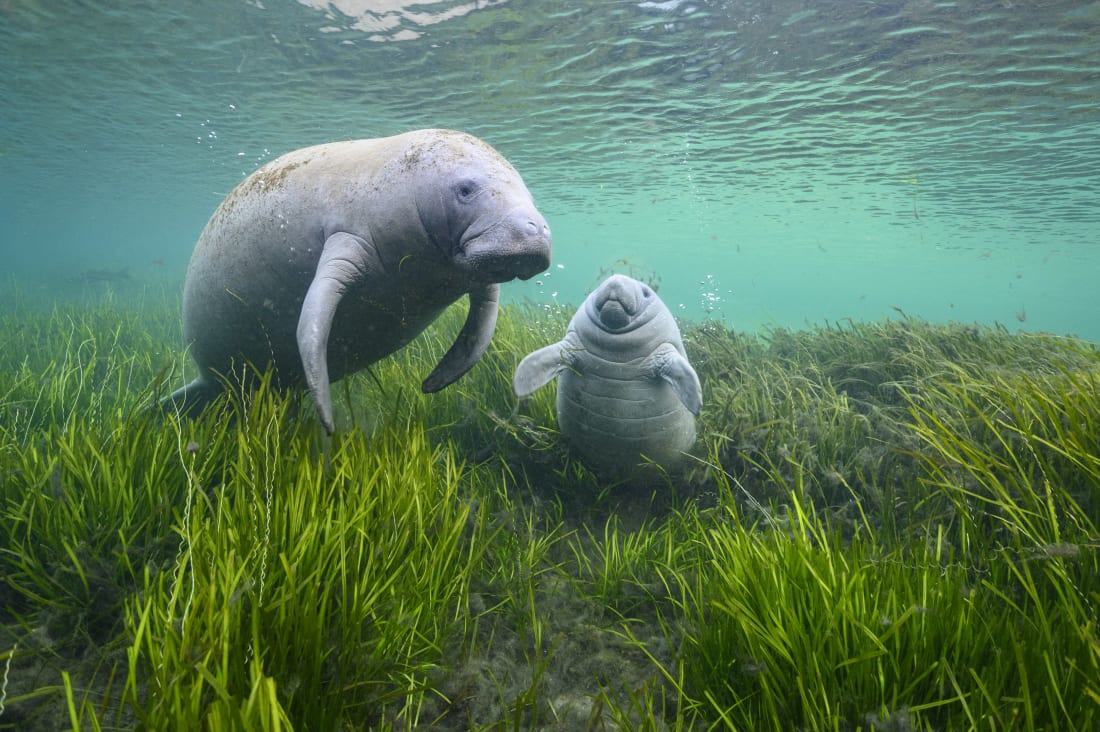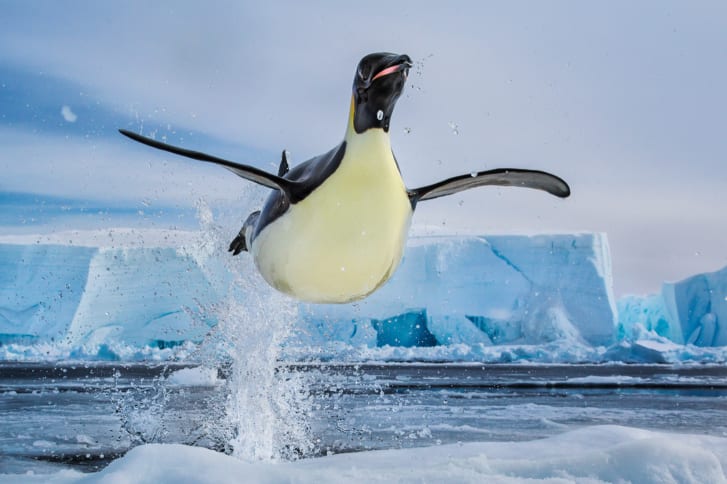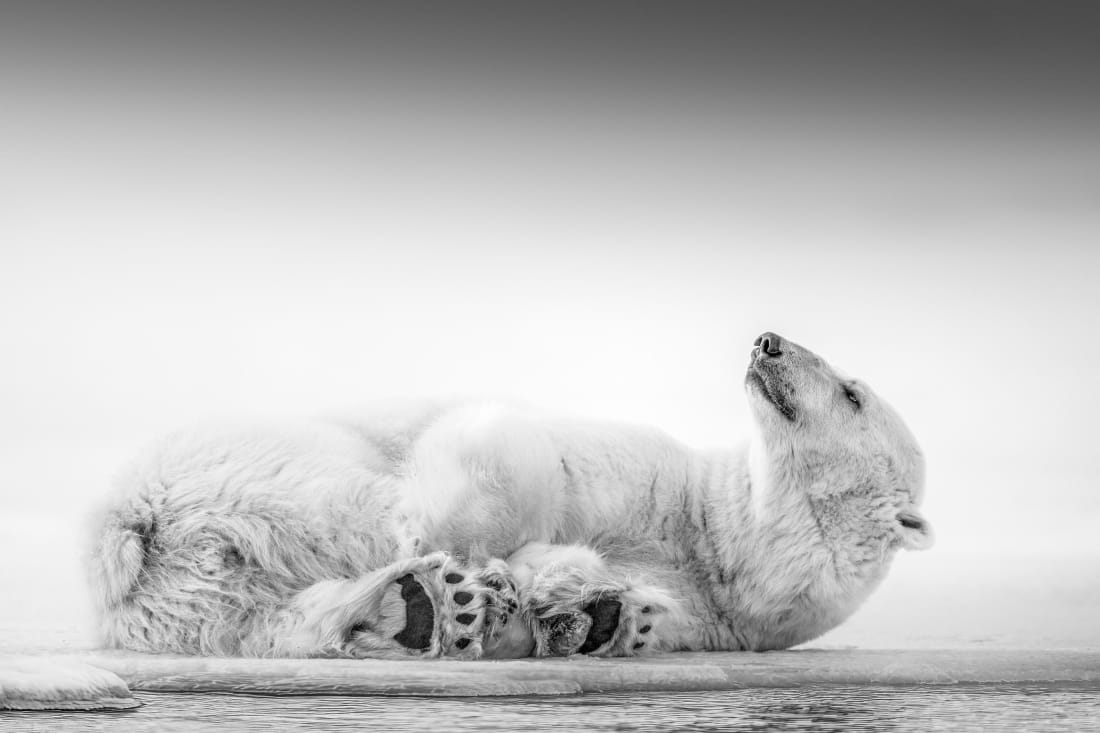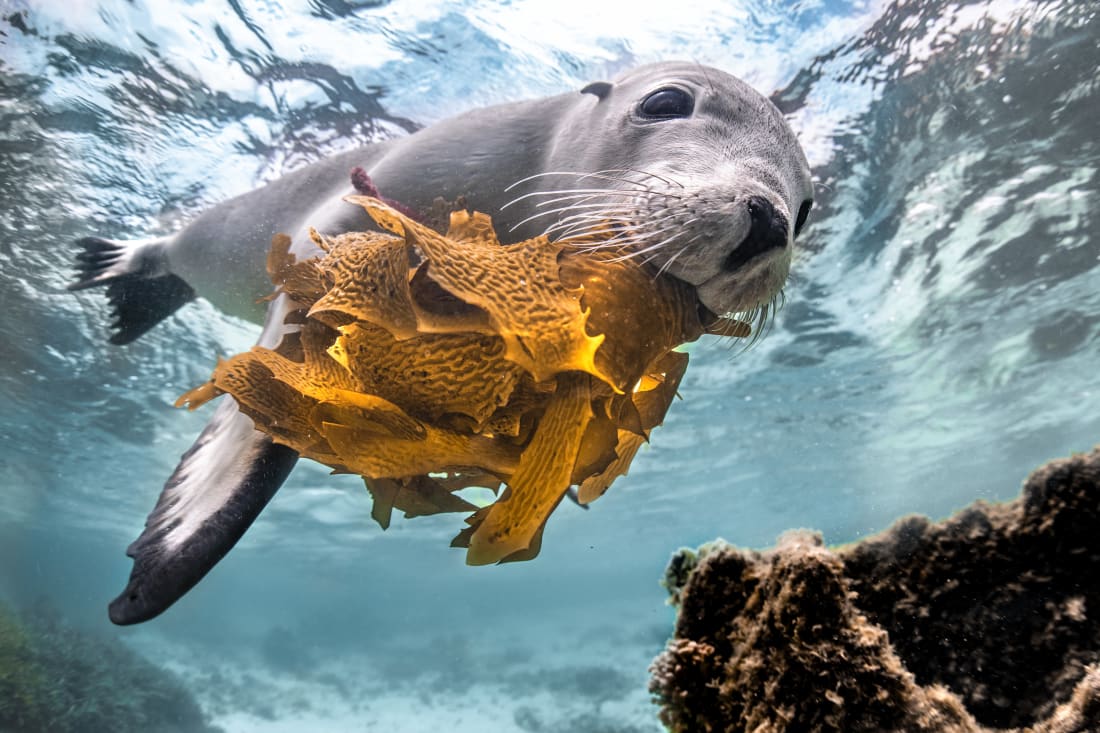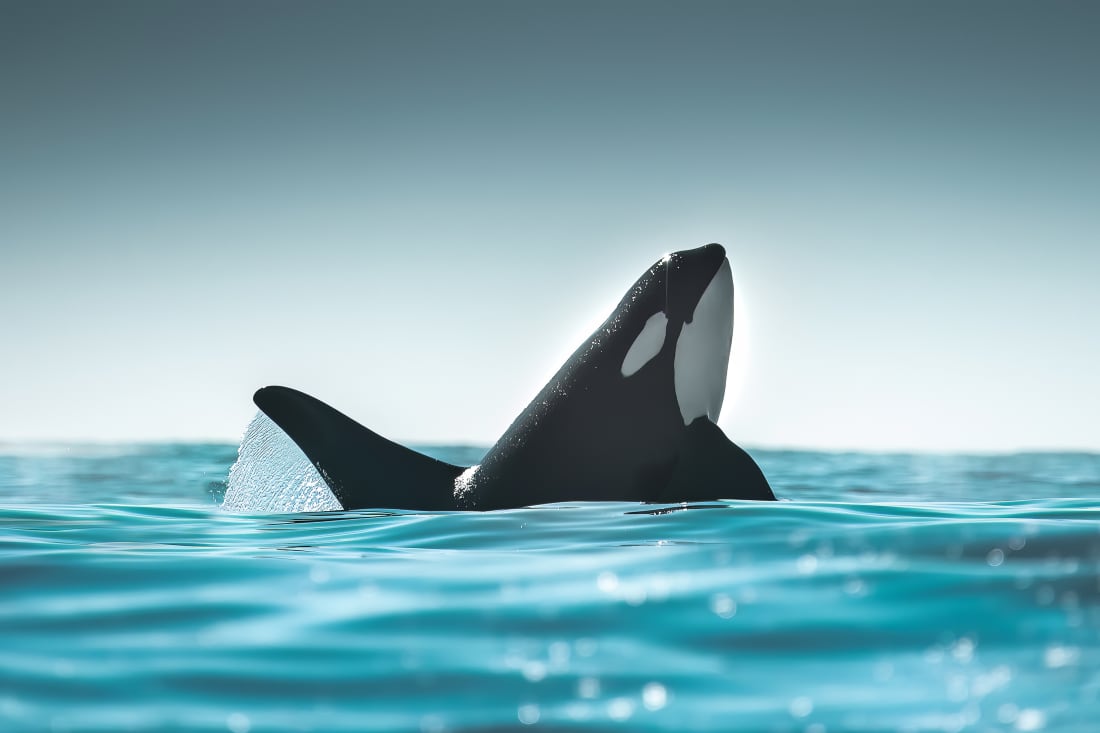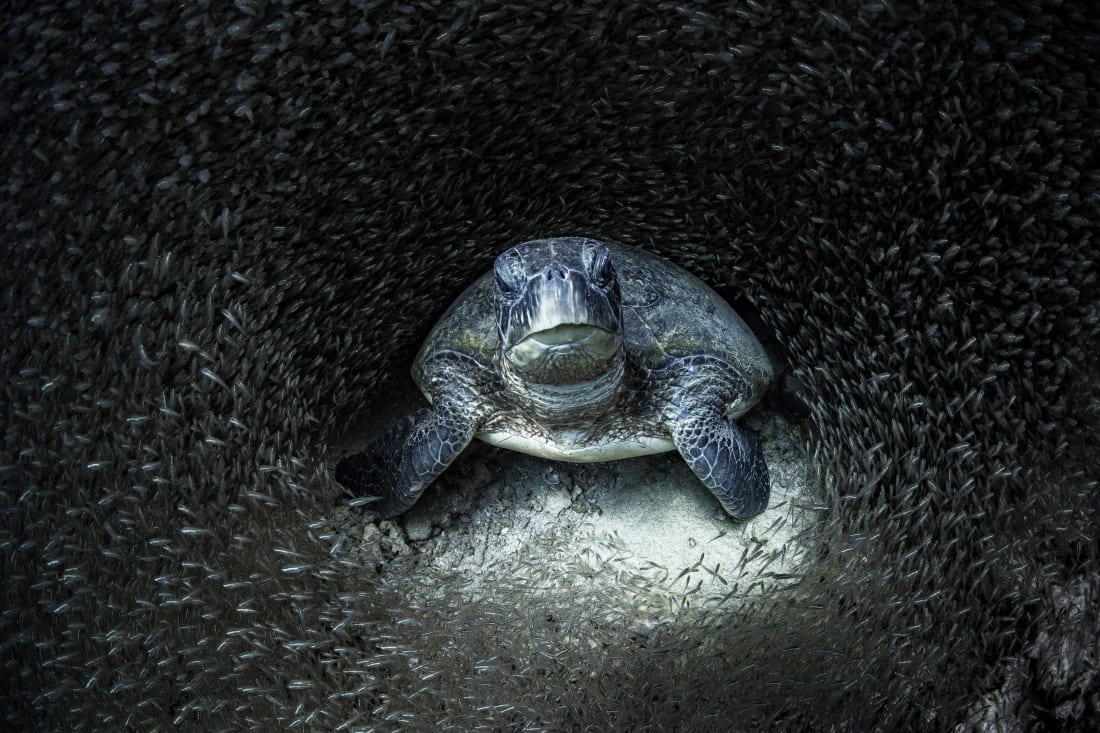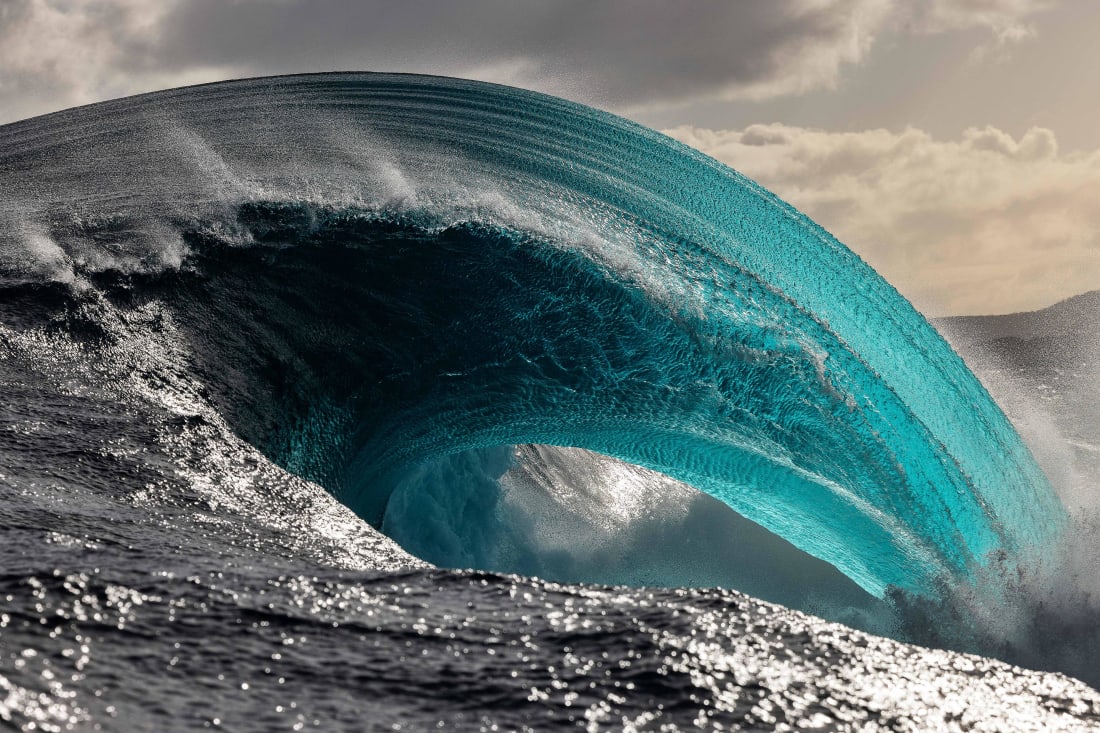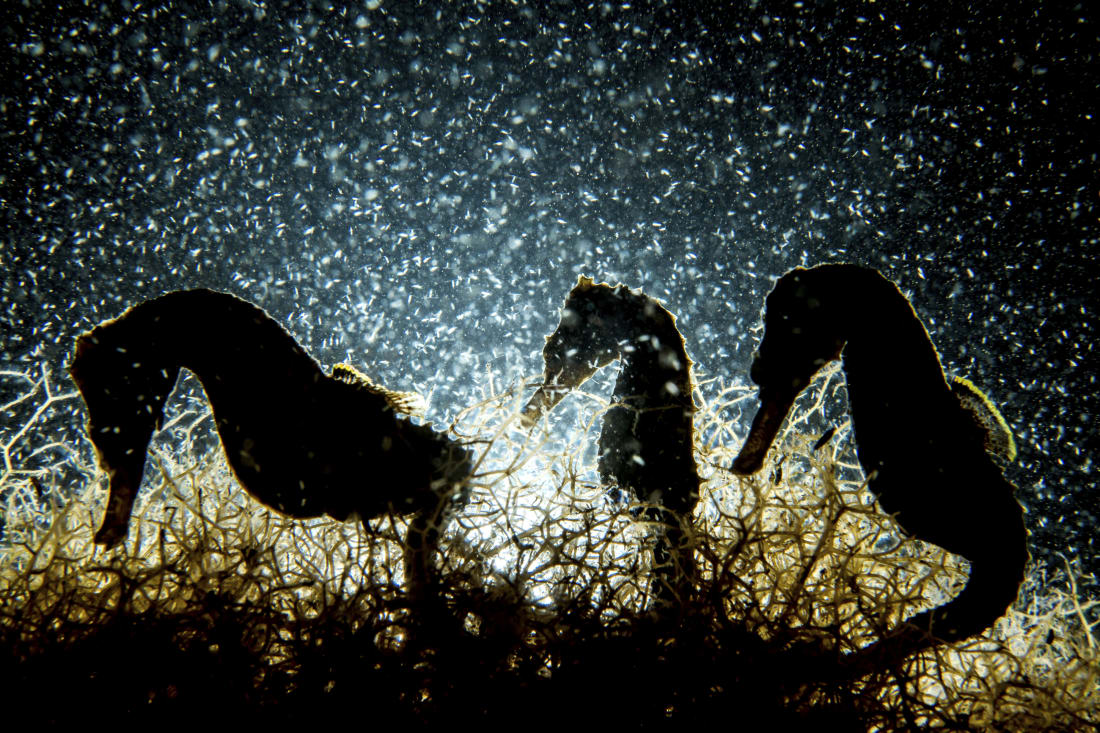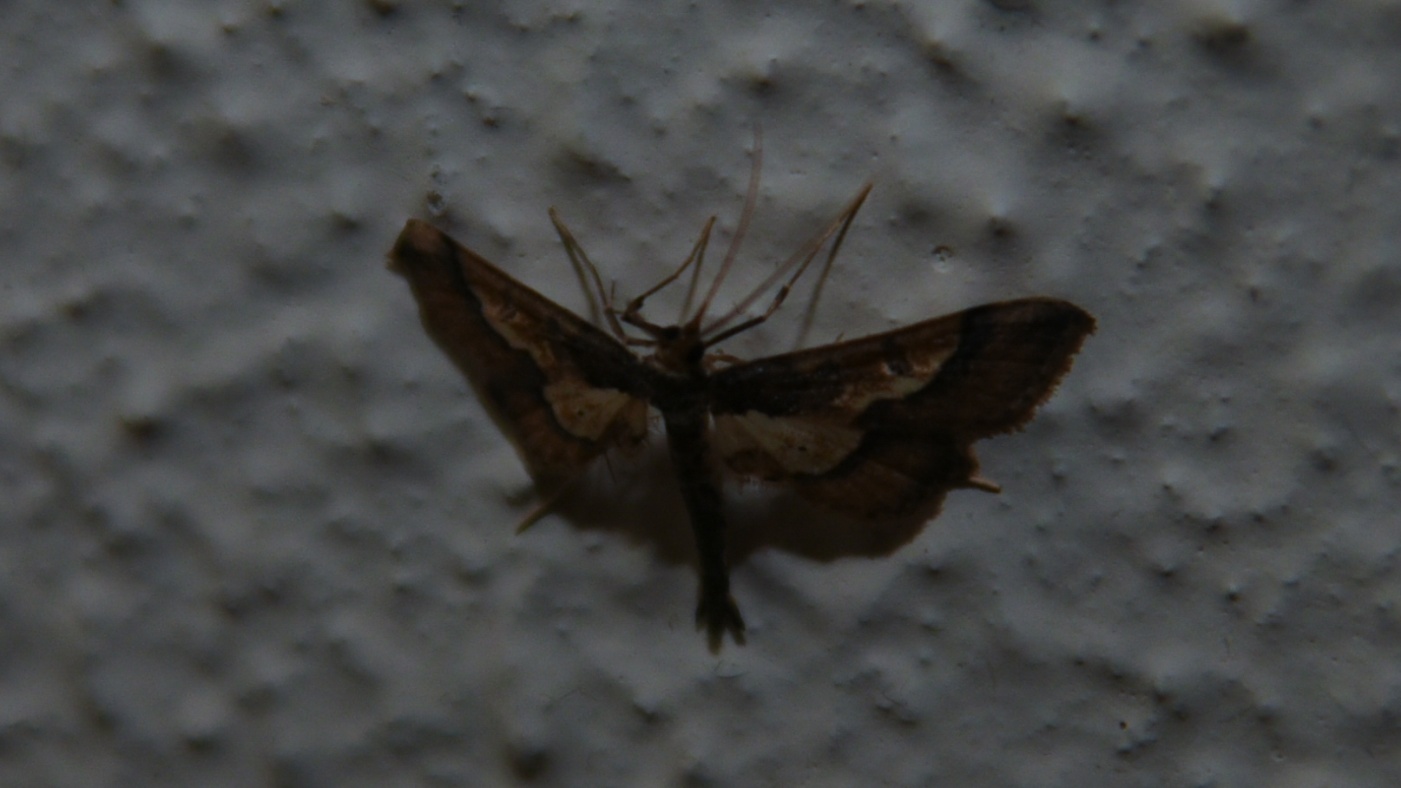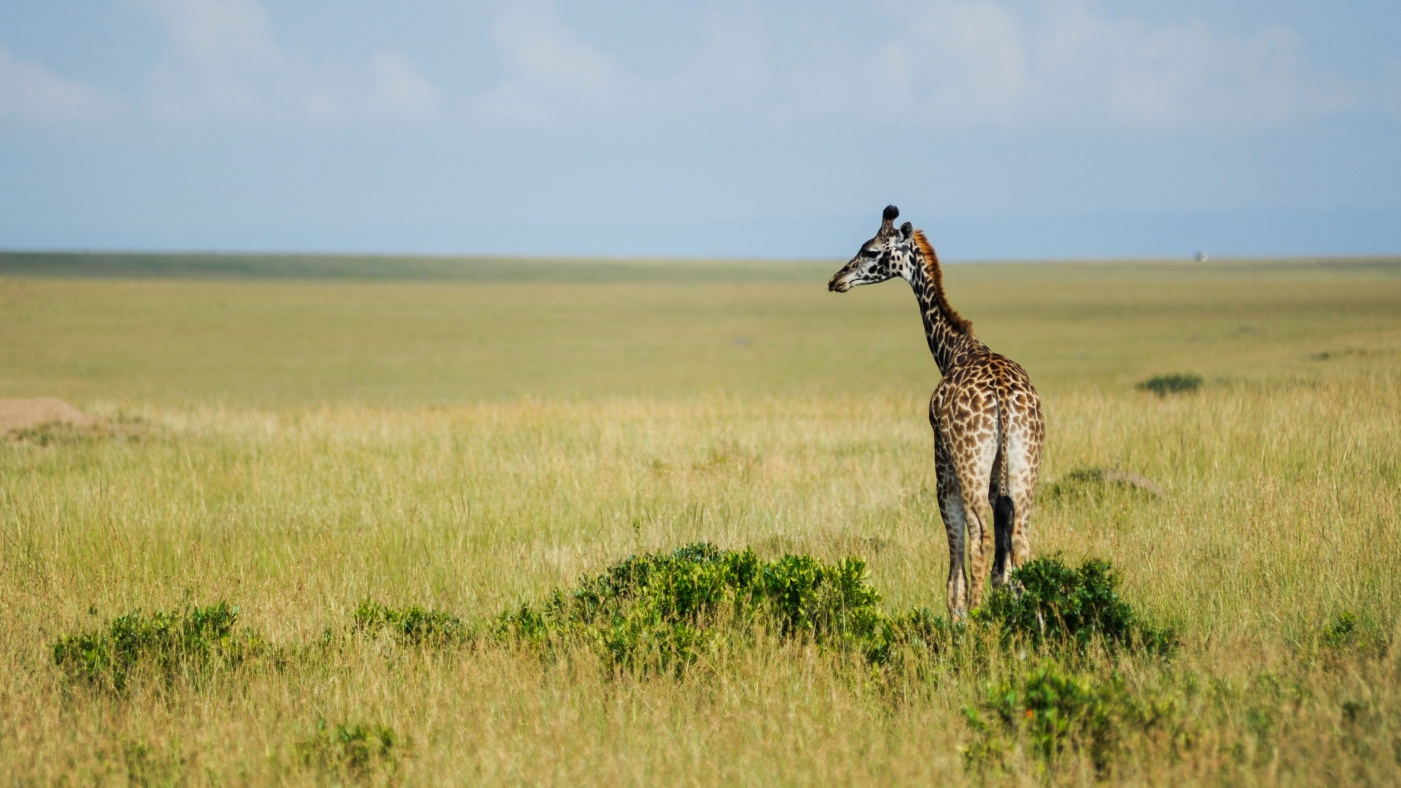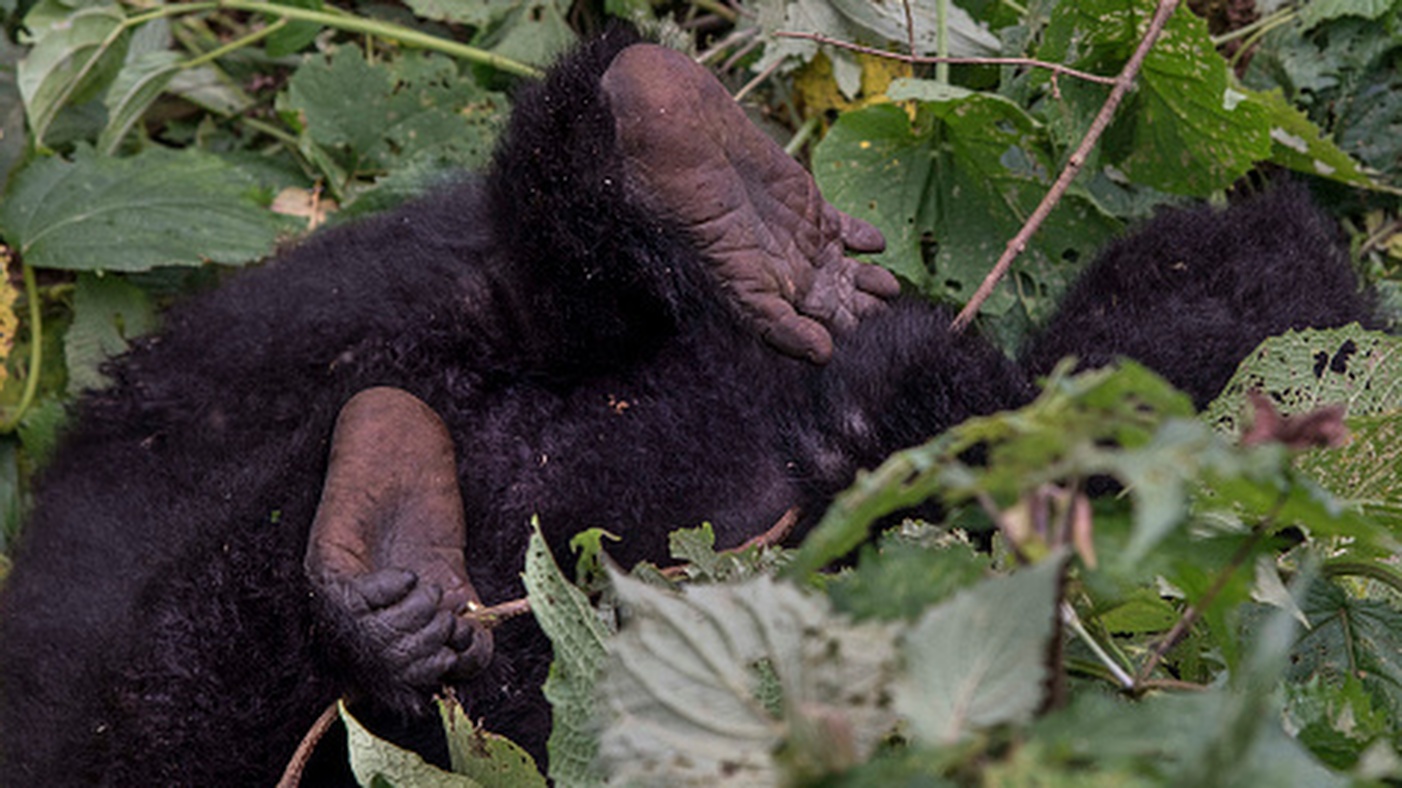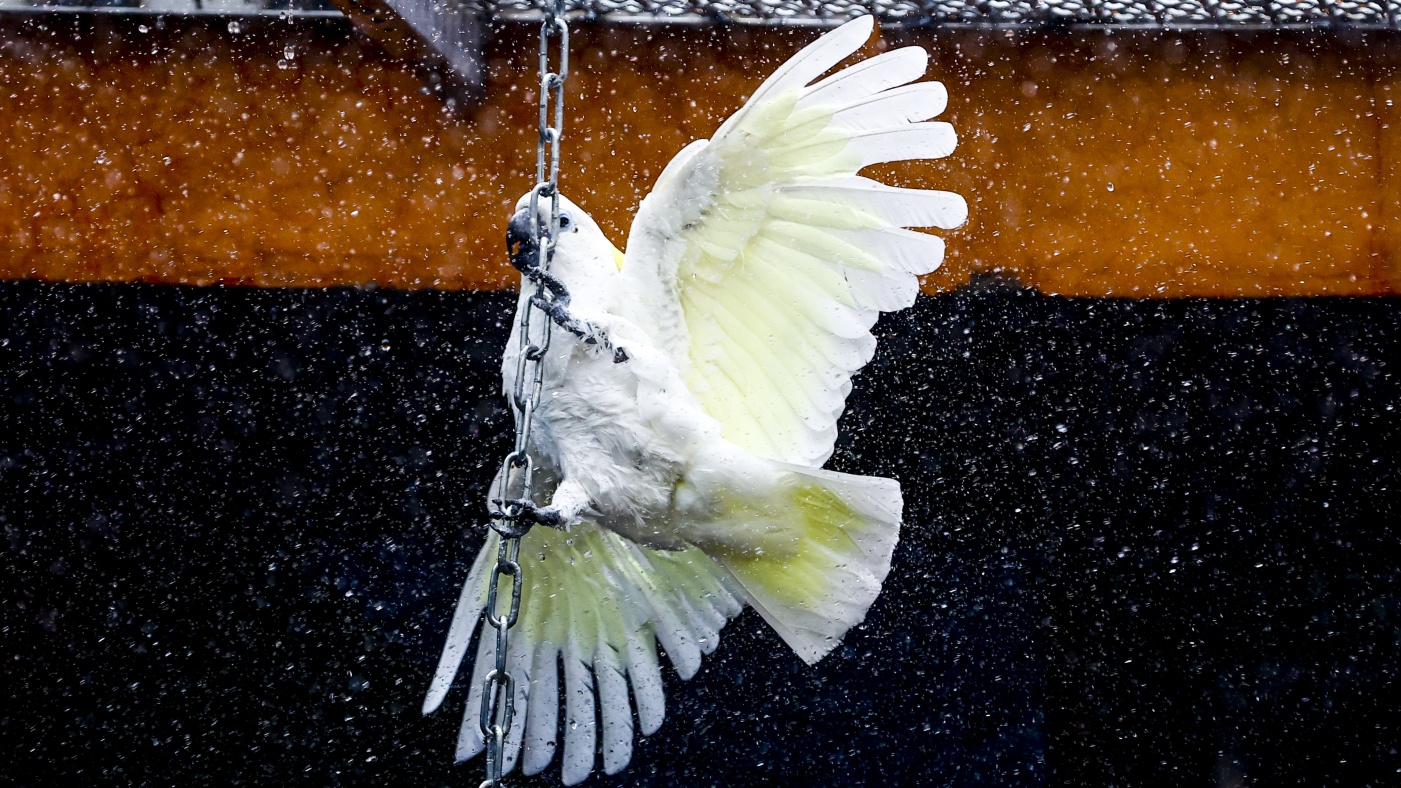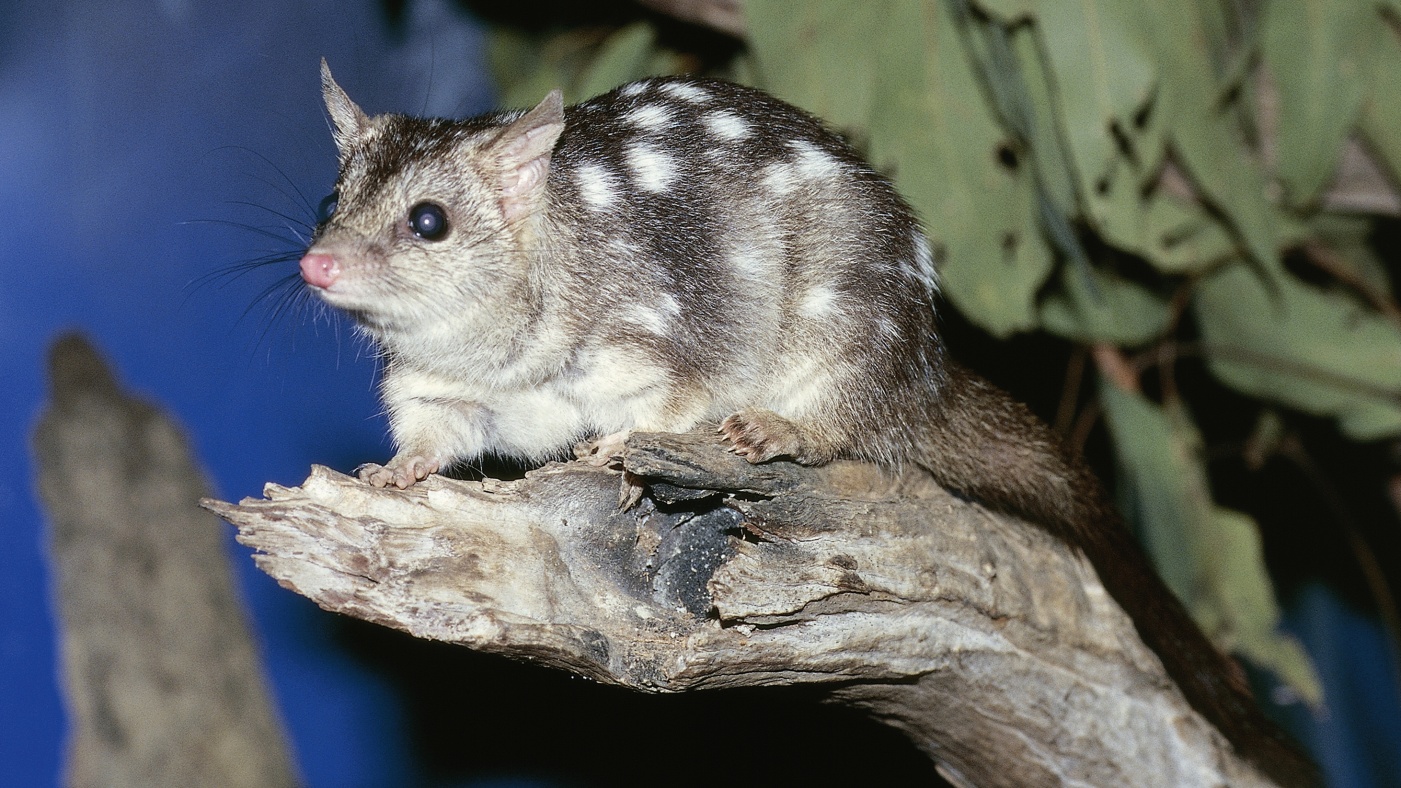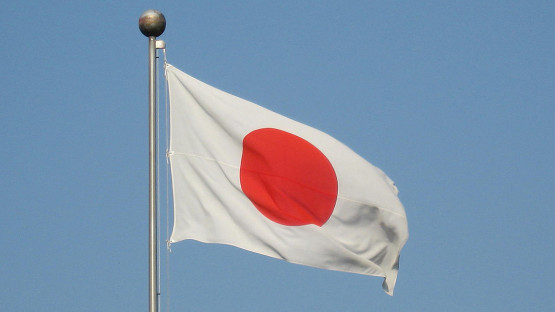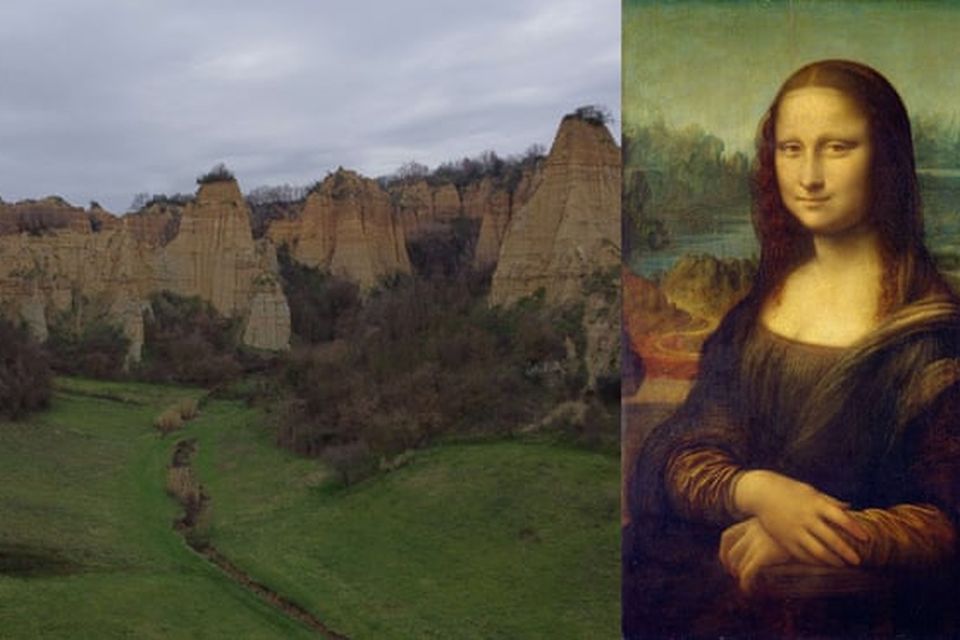Giant phallus-shaped iceberg floating in Conception Bay surprises residents of Dildo, Canada
A phallus-shaped iceberg hovered off the coast of Dildo, Newfoundland in Conception Bay before collapsing.

It doesn't get any more apt than this: A photographer from the Newfoundland town of Dildo has captured images of a penis-shaped iceberg off the Canadian coast.
The suggestive 'berg consists of a column with a domed head protruding up from two oval rafts of ice. Photographer Ken Pretty captured a shot of the ice formation by drone near the town of Harbour Grace, which sits along — the puns keep adding up — Conception Bay.
Perhaps unsurprisingly, the "dickie berg," as locals are calling it, has attracted international attention, with Pretty sharing news stories from as far away as Thailand and Taiwan on his Facebook page.
"I knew I'd get a lot of comments, but I didn't expect this much," Pretty told the news agency Saltwire
(opens in new tabon Friday (April 28).
Related: What the heck is the deal with this weird, square iceberg?

Locals are calling the phallic iceberg the "dickie berg." (Image credit: Ken Pretty)
Alas, the iceberg lacked staying power: Pretty photographed the 30-foot (9.1 meter) phallic structure on Thursday, April 27. It collapsed the next day.
According to the CBC(opens in new tab), it's a strong iceberg season in Newfoundland and Labrador, with more than 200 off the coasts of the two provinces.
"Onshore winds brought in both the pack ice and the bergs," Diane Davis, who runs a Facebook group for iceberg hunters, told the CBC. "If the trend holds up, we should see them for May and June, too. Mother Nature only gave us a handful last year."
Mother Nature has provided more than a handful of phallic shapes to giggle about. In 2021, a man went viral for his photographs of a penis-shaped rock tower in Arches National Park(opens in new tab). Cambodian authorities have had to beg people to stop picking the carnivorous plant Nepenthes bokorensis, which just so happens to look like a penis. And don't even ask about California's plague of penis fish, which washed ashore on Drakes Beach in 2019. (They were actually marine worms, which have a long and storied history of looking phallic.)
